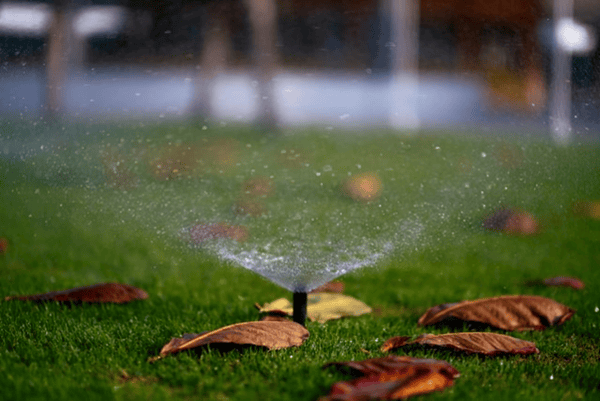Every homeowner wants their yard to be the center of attraction in the neighborhood. But beautiful outdoor areas often come with huge costs; money, time, and the environmental impact of irrigation and lawn chemicals.
Lawns use up one-third of the US public water supply. The 90 million pounds of chemical fertilizers used by lawns each year is a primary source of water pollution. Lawnmowers cause 5% of air pollution.
Despite their beauty, lawns damage the environment. But this doesn’t have to be; there are ways to have beautiful landscaping without hurting nature. If you want to create diverse and safe landscaping, this list of 10 eco-friendly landscaping ideas is the place to start.
1. Reduce the size of your lawn
You probably need some lawn space to give children and pets a place to play. You also need the lawn when you entertain guests. But in all likelihood, you don’t need as much lawn as you currently have. Lawn size is a leading factor in the environmental impact of your landscaping. Reducing the size of your lawn area will instantly cut down on the water.
2. Replace grass with ground cover crops
Ground cover crops are low-growing plants that spread themselves across a wide area. They hug the ground and do not require moving. Because they discourage weeds from growing, they help to reduce or eliminate the need for harmful herbicides. Ground cover crops like moss and clover are excellent choices for the yard. They are sweet smelling, feel good underfoot, and do not need a lot of watering.
3. Give preference to native plants
Many of the plants we use in the yard are alien to our environment; they belong in a different climate. As a result, homeowners have to tend them to ensure their survival. Choosing native plants will save you from this hassle, suggests MTD, a property management company in Chicago. Native plants have an adaptation to the weather and soil in their area. They have a natural immunity to the pests and diseases in that locality.
4. Practice xeriscaping
Xeriscaping is the idea of populating your yard with drought-resistant plants. By choosing drought-resistant plants, you achieve three things. You reduce the amount of water you use. The burden of looking after the landscaping becomes lighter. You ensure that, regardless of weather, the areas around your home will always look good. A standard xeriscaping practice is to group plants with similar water requirements to avoid waste.
5. Install a smart irrigation system

In the early stages of your journey to creating an eco-friendly landscape, you may still need to water your plants artificially. But you can still reduce how much water you use by installing a smart sprinkler system. Or better still, use a drip irrigation system. It will deliver just the right amount of water directly to the root of plants, where it is needed.
6. Keep lawn grass high and dry
Cutting your lawn too often and too low will increase its water demands. That is because grass stores some of its water in its blades. When you cut those blades, you deprive the plant of its reserves. To make up for this loss, you have to water the lawn more frequently. The better way for this is to cut the grass higher and leave grass clippings on the lawn.
7. Harvest rainwater
Rain is a ready source of water supply that you can use to augment your dependence on the public water supply. If you do not harvest rainwater, it will become runoff that helps increase the environmental impact of your yard. There are many cheap and easy ways to catch the rain. Installing rainwater harvesting devices in the yard will also lower your water bill.
8. Start Composting

Several wastes generated by your yard and home, which you currently send to the waste dump, can easily be recycled into compost. Composting will give you a free and steady supply of safe, natural fertilizer. It will reduce the amount of garbage your home produces. Moreover, what you need to start composting already exists in your home. You only need to add a composting bin in a warm and slightly sunny area, with some soil added to it.
9. Use natural pest control methods and herbicides
In place of the toxic chemicals you now use to control weeds and pests in the yard, use natural methods. Natural pest control methods don’t kill insects indiscriminately. They won’t leave harmful chemical residues on the lawn where children and pets play. Examples of natural ways to control pests include; insecticidal soaps, oil spray, stale beer, hollowed-out grapefruit halves, and more.
10. Add some hardscaping features
Non-living features of the yard, such as retaining walls, stone walkways, benches, arbors, and rock gardens – increase the appeal of your yard and add variety. They also reduce the amount of work and resources needed to maintain the outdoor areas. You may also use them to define different zones within the yard.
